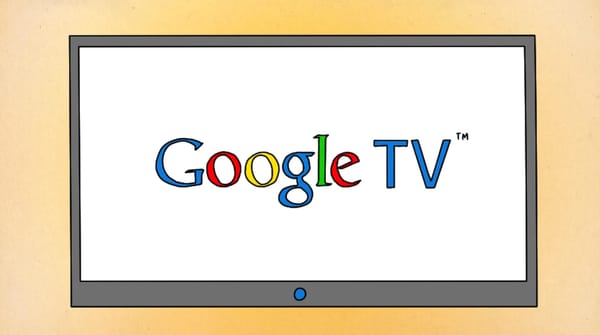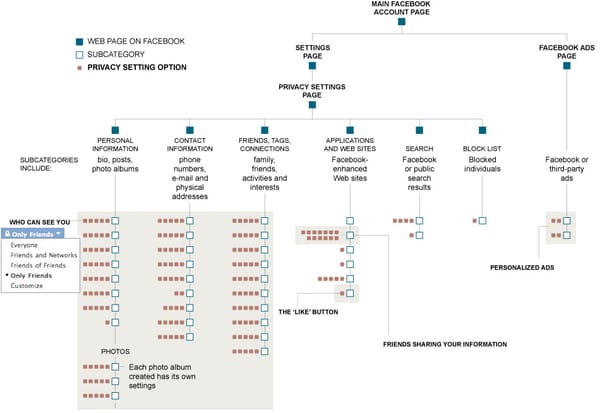Android goes Froyo-tastic
Feroz Salam shows you why Froyo is Android&8217;s coming of age

When Google announced the Android mobile operating system in late 2007, the reaction it received was at best, lukewarm. Coming only a few months after the release of the iPhone OS, which had taken consumer markets by storm, most analysts were cautious about the announcement despite the fact that the OS had the backing of Google. The first release of the open source OS did nothing to enthuse them with only a relatively small number of manufacturers taking the OS on board and producing rather clunky handsets; Android proved to be unattractive and sluggish. Along with a relatively small developer market, there seemed no way that Android handsets could legitimately compete with the gloss of the iPhone or the sleek business chic of the Blackberry.
Yet only two years down the line, there’s been something of a revolution in the mobile market. As the look and feel of the iPhone OS has remained relatively stagnant, Android has reinvented itself in a new stylish format iterating rapidly with each release building solidly on its predecessor. The developing OS was backed by a lineup of neatly designed, powerful smartphones from major mobile manufacturers, which allowed Android powered handsets to over take the iPhone to become second to the Blackberry in terms of sales figures in the US. With the release of the next major update of the OS Android 2.2 (codenamed Froyo) earlier this week, Google seems to be looking to consolidate this position, now marketing the system as a mature OS that can compete with the best.
Quantitatively, Froyo is stunning. It’s not often that the jump from version 2.1 to 2.2 offers a 450% speed increase (yes, that’s 4.5 times faster), but Google has managed to pull it out of the box with some impressive optimizations. Neat improvements in the way code is run means that Android apps are nowhere near the sluggish monsters they were from the first few releases. The browser also got some attention in this iteration with Google proudly proclaiming that Android now has the fastest mobile browser and now comes packing in-browser Flash support while working smoothly with HTML5, something that the Google execs have rightful reason to crow about.
In addition, the release also has a slew of new features designed to make it easier for both developers and users to manage the apps they download, from auto-updates to a new web-based Android market. Google has been very open about the fact that these improvements have been made keeping developers in mind, seemingly looking to expand the Android Market to a size comparable to that of the incredibly successful iPhone App Store. That said, it has also managed to throw in a sizeable number of new features for users too, with a revamped media player, on-demand movie streaming, Exchange support and app storage on external media.
All the signs seem to be pointing to 2010 being the year in which Android makes it big. Slow unsteady beginnings haven’t deterred Google from persevering with the operating system, and the results have been impressive. With a range of major hardware manufacturers throwing themselves behind Android, there seems to be a consensus that Android is the way forward in an industry looking for an answer to the ambitious expansion of Apple’s product line. Froyo is certainly a firm step in the right direction from Google, with enough for both the consumer and the developer to be a very successful release. The number of Android products to be released over the next year is a testament to the confidence that manufacturers have in this license free platform. So if you’re looking for a handset that’s cheaper and more versatile than the iPhone, you should definitely give Android a good look.









